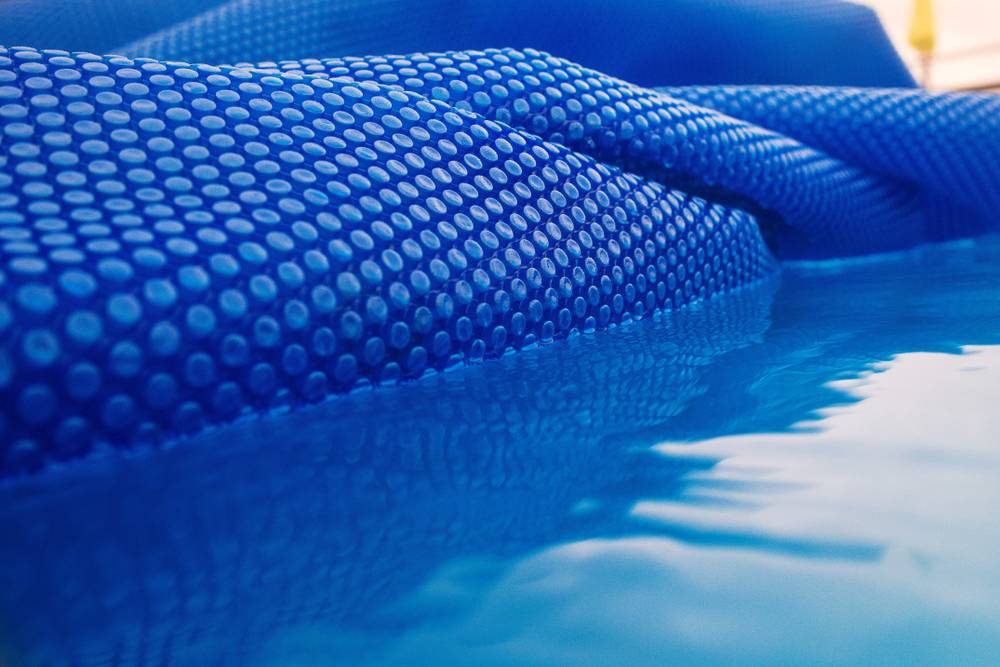Warning: Long winded post with lots of number crunching.
TLDR: I'm not convinced I should take my CYA up beyond 20 ppm. Tell me what I'm missing (with the math to back it up!)
Cyanuric acid (CYA) protects chlorine from UV degradation from the sun, buffers pH and contributes to total alkalinity, and slows chlorine. Learn more.
blog.orendatech.com
Based on the charts from Orenda I get 90-95pct protection of my chlorine somewhere between 15-20ppm of CYA. Now these are hourly numbers so if I have my pool uncovered during peak UV from 10 to 2 the loss would be somewhere between 1-(0.95)^4=0.19 and 1-(0.9)^4=0.34. Which is right in line with what I observe empirically. My demand spreadsheet assumes I will lose 27% of my starting chlorine on any day I uncover the pool.
This is approximately 0.27*3.5=0.95 ppm of chlorine.
If I take CA up to 60 I should get closer to 0.99 hourly protection ie. (0.99)^4=0.04 daily loss from UV (vs 0.27), a significant difference I agree!
Now if we want to be apples to apples on sanitizing power, at 7.5 ph and 20ppm CYA, the concentration of HOCL on my pool is about 3%, and above 50ppm CYA it would be sub 1%.
0.03*3.5=0.105 pct HOCL in my pool, more than double what is required to keep algae at bay.
With >50ppm CYA you would need .105/0.01=10.5 ppm chlorine to match my HOCL concentration. If we relax that down to accepting 0.05 HOCL we still get a minimum of 0.05/0.01=5 ppm FC to keep algae at bay.
If I take CYA up to 60ppm and target 5ppm I am looking at 0.04*5=0.2 ppm daily loss from UV. So now we are looking at a daily 'savings' of 0.95-0.2=0.75ppm, which still sounds material on the surface but keep in mind I have a 2x sanitizing/algae fighting power in the 20 CYA/3.5FC world vs the 60CYA/5FC world.
The final piece of the puzzle for me is that the swim season is short here. I only ran the cell for 700 hours in July and August. It's 10 degrees here today, the cell has basically been off for the last week. We'll maybe get a couple more weekend swim days in before we close the pool in October.
Our SWG's capacity is approximately 0.185 ppm/hr so over those 700 hours the SWG should have produced approximately 0.185*700=130 ppm of chlorine.
Over July and August I had the pool uncovered on 27 days so this is approximately 0.75*27=20ppm 'wasted' chlorine that I could have theoretically saved by taking CYA up to 60ppm.
This is a 20/130=0.15 pct reduction in my cell life. A replacement T15 cell costs about $1300.
$1300*0.15=$195 'extra' I am spending over the cell's life by having CYA at 20 vs 60ppm.
We didn't finish our pool until Jul 1 this year so let's assume if add in May and June on a go-forward basis that just doubles everything to 2*700=1,400 cell hours and 2*27=54 uncovered days (unlikely as May/June can still be quite chilly around here)
If we are again conservative and assume a cell life of only 8000 hours then: 8000/1400=5.7 year cell life at 20ppm CYA and
8000/(1400-54*0.75/0.185)=6.7 year cell life at 60ppm CYA.
Let's again be conservative and say I only get 5 years instead of 6.
$195/5=$39 per year 'insurance' I am paying to have 2x the algae fighting power in my pool. This is a trade I would take all day long (to put into perspective it costs me well over $250 to obtain the TFP recommended Taylor test kit in Canada, which apparently needs to be replaced yearly, which I gladly do).
Ok let's hear it. . . where is my logic wrong?





